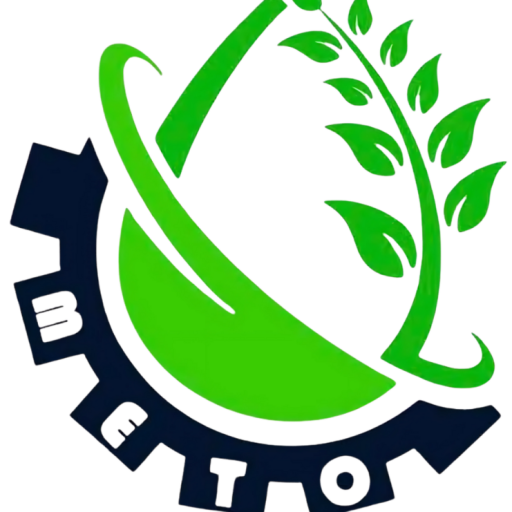
Programming and Artificial Intelligence (AI) are two interconnected fields that have transformed how machines interact with humans and the world. Programming serves as the foundation for creating intelligent systems, while AI empowers those systems to learn, adapt, and perform tasks that once required human intelligence. Together, they are revolutionizing industries, enhancing innovation, and shaping the future of technology.
Programming involves writing instructions (or code) for computers to execute specific tasks. It is the process of converting logic and ideas into a language that machines can understand. With the incorporation of AI, programming has expanded its boundaries, becoming a critical tool for designing learning machines.
Programming AI systems requires not only coding proficiency but also knowledge of algorithms, data structures, and mathematical concepts such as linear algebra and probability.
Artificial Intelligence refers to the simulation of human intelligence in machines that are programmed to think, learn, and perform tasks autonomously. AI leverages machine learning, natural language processing, computer vision, and other technologies to solve problems and mimic cognitive functions like reasoning and decision-making.



Programming is the backbone of AI, translating data-driven models and algorithms into executable code.
Algorithm Design
Data Collection and Preprocessing
Model Training and Optimization
Automation through AI
The synergy of programming and artificial intelligence has enabled countless applications across diverse industries:
Complexity : Designing intelligent systems requires advanced knowledge of programming, algorithms, and mathematics.
Data Dependency : AI systems rely heavily on data. Poor-quality or biased datasets can lead to inaccurate or discriminatory results.
Ethical Issues : AI programming must consider ethical dilemmas like privacy invasion, data misuse, and the risk of job displacement.
Scalability : Training AI models for large-scale tasks requires extensive computational resources, prompting programmers to optimize efficiency.
The fields of programming and artificial intelligence are constantly evolving, with cutting-edge trends driving future innovation:
As programming languages and AI models evolve, the potential of Artificial Intelligence will only grow. Future advancements could lead to:
By addressing challenges like ethical concerns, bias, and scalability, programming and artificial intelligence can unlock endless possibilities, reshaping industries and enriching human life.

At METO B.V, we are more than just a trading company; we are a bridge between world-class manufacturers and international markets.
